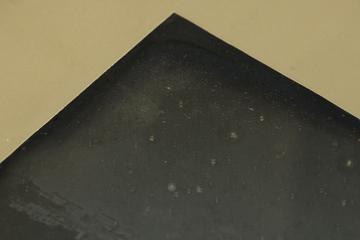
Naples, View from the second floor, South Window of Riveria di Chiaja No 57, looking East
1841-05-25

1841-05-25
1841-07-03
1841-03
1841-06-08
1841-06-04
1841-06
1841-06-11
1841-06-05
1841-06-03
1841-06-03
1841-06-11
1841-02
1841-06-05
1841-07-19
1841-07-16
1841-07-22
1841-07-20
1841-07-21
1841-07-21
1841-07-19
1841-06-25
1841-06-25
1841-05-25
1841-05-21
1841-05-22
1841-05-24
1841-05-22
1841-05-04
1841-05-24
1841-05-04
1841-05-04
1841-07-19
1841-05-24
1841-1841
1841-07-20
1841-06-25
1841-06-25
1841
1841
1841
1841
1841-06-26
1841
1841
1841
1841
1841-06-04
1841-06-30